1. McDonald’s McDLT
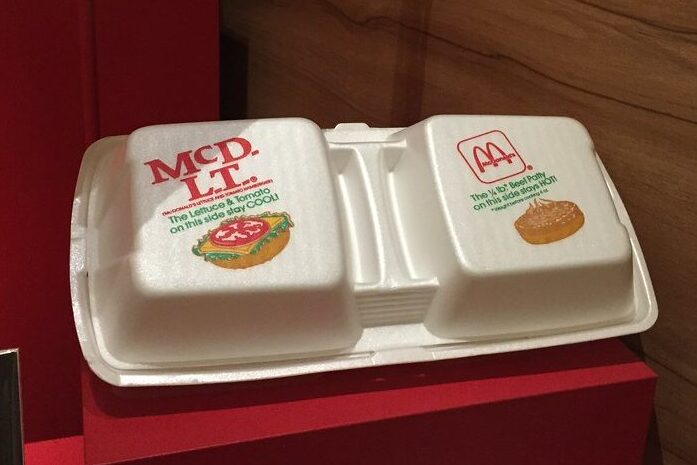
The McDLT, short for “McDonald’s Lettuce and Tomato,” hit menus in the mid-’80s with a very unusual box. The idea was to keep the hot side hot and the cool side cool, with the burger and bun on one side and the lettuce, tomato, and cheese on the other. Customers were supposed to put it together themselves. It was heavily advertised, even with a catchy jingle, but people weren’t sold on the extra effort.
The oversized Styrofoam container also drew criticism at a time when people were becoming more environmentally conscious. By the late ’80s, McDonald’s phased it out quietly, and the burger became more of a trivia question than a menu favorite. Fans who loved its fresh crunch still talk about it nostalgically, but most others barely remember it ever existed.
2. Burger King’s Satisfries
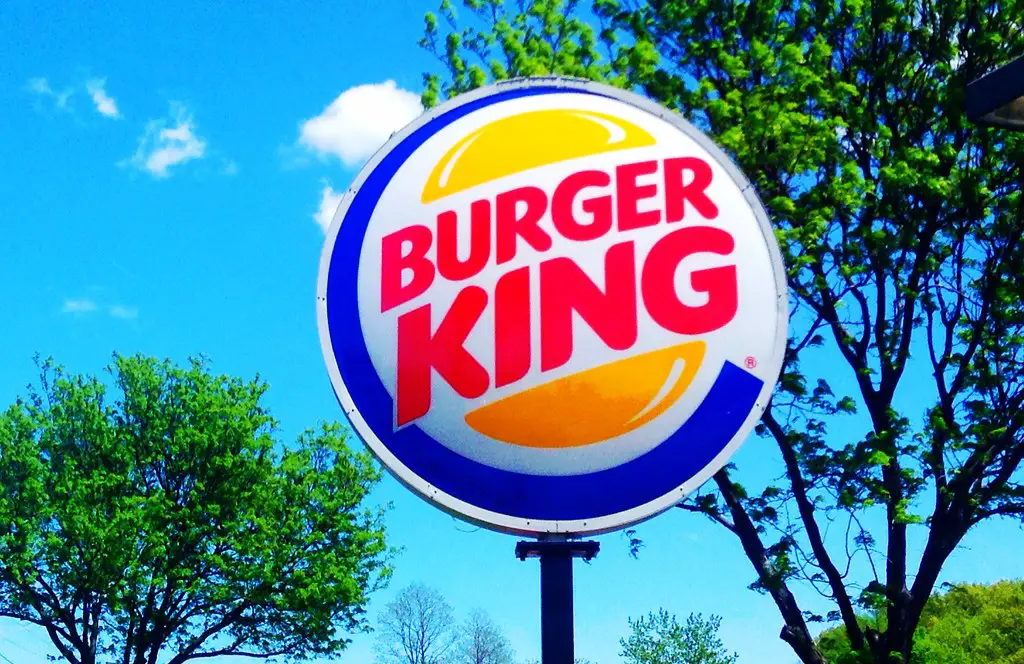
In 2013, Burger King decided to take on America’s love of fries with a “healthier” option. Satisfries were crinkle-cut fries with fewer calories and less fat, thanks to a new coating that absorbed less oil. On paper, it sounded like a win for health-conscious fast food eaters.
Unfortunately, most customers didn’t notice much of a difference, and they cost more than regular fries. Within less than a year, the product was pulled from most locations. Some outlets kept them for a little longer, but they never gained traction. Today, they’re remembered as a marketing experiment that didn’t quite stick.
3. Taco Bell’s Seafood Salad
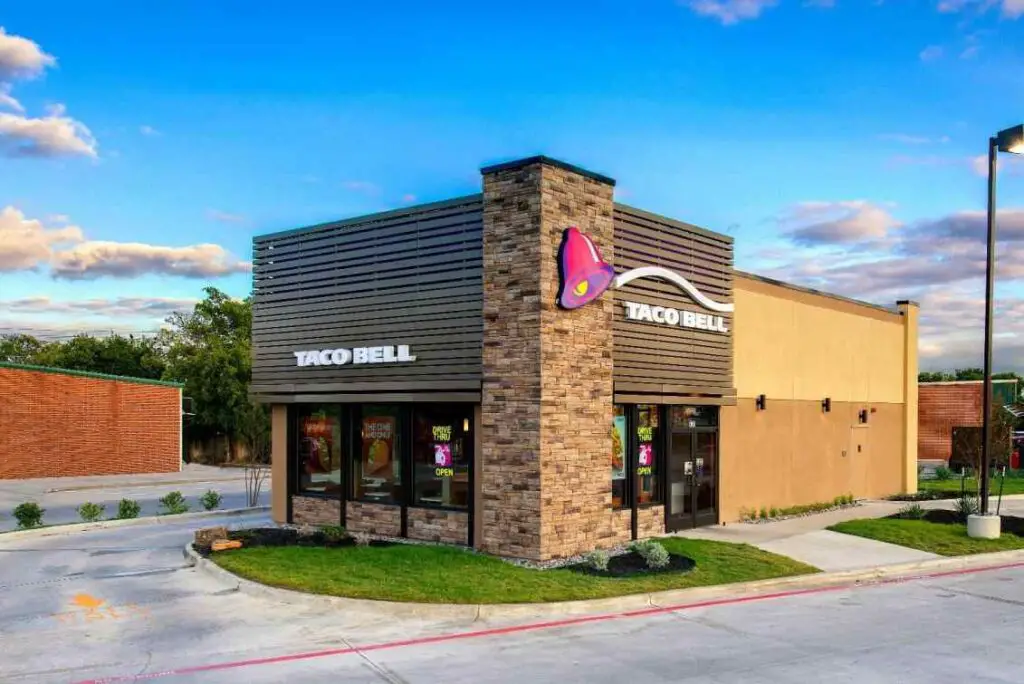
In the late ’80s, Taco Bell wanted to test the waters with something a little more upscale. Enter the Seafood Salad, packed with shrimp, crab, and whitefish mixed with vegetables and served in a taco shell bowl. It was launched as part of a campaign to compete with sit-down restaurants offering “lighter” fare.
But seafood and fast food didn’t exactly mix in the minds of many customers. Concerns about freshness and quality haunted the menu item, and it disappeared quickly. The idea of seafood at Taco Bell was so unusual that people still bring it up as one of the chain’s strangest experiments.
4. McDonald’s Arch Deluxe
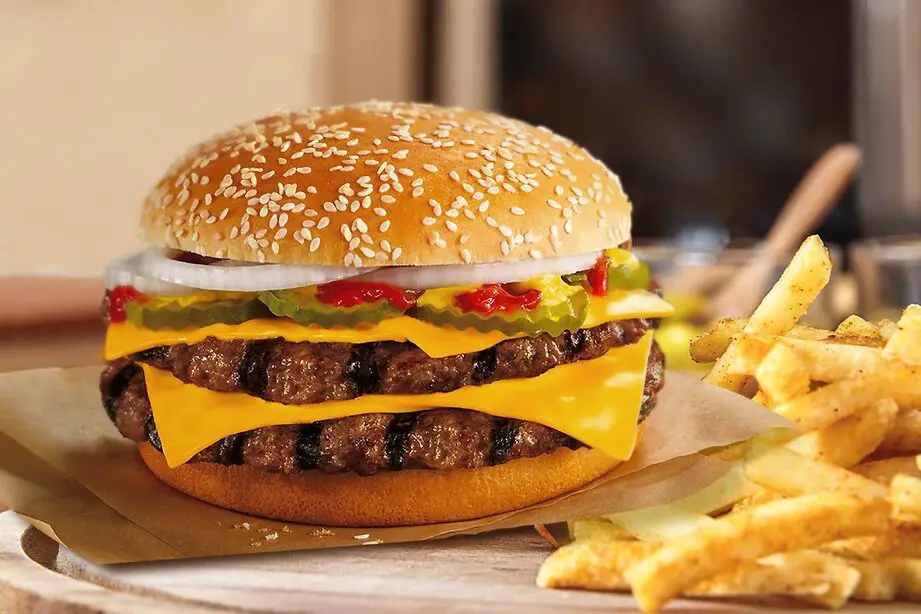
Billed in 1996 as a grown-up burger, the Arch Deluxe was supposed to lure adults into McDonald’s with its “sophisticated” toppings like peppered bacon, lettuce, tomato, cheese, onions, ketchup, and a mustard-mayo sauce. McDonald’s poured millions into the campaign, complete with ads that made fun of kids disliking it.
But most people didn’t want a complicated burger from a place known for its simple classics. Sales flopped, and the burger vanished in under a year. Despite its failure, the Arch Deluxe has become a legend among fast food historians for being one of the most expensive flops in fast food history.
5. Pizza Hut’s Priazzo
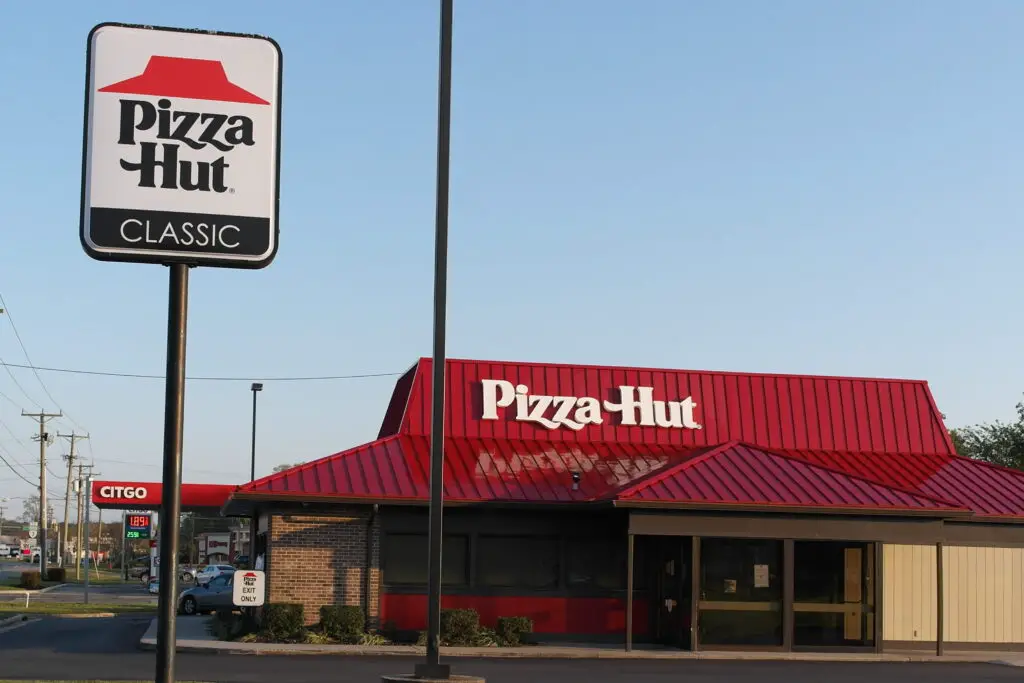
Pizza Hut briefly tried to reinvent pizza in the mid-’80s with the Priazzo, a deep-dish, stuffed pizza that was almost like a pie. It had layers of crust, cheese, meats, and toppings that made it incredibly heavy. For those who ordered it, the Priazzo felt like a feast.
But the time it took to make—sometimes close to an hour—was a major problem for a fast food chain. Customers didn’t want to wait, and employees didn’t enjoy the complicated prep. Within a year or two, it disappeared, leaving only commercials and a few fond memories behind.
6. McDonald’s Mighty Wings
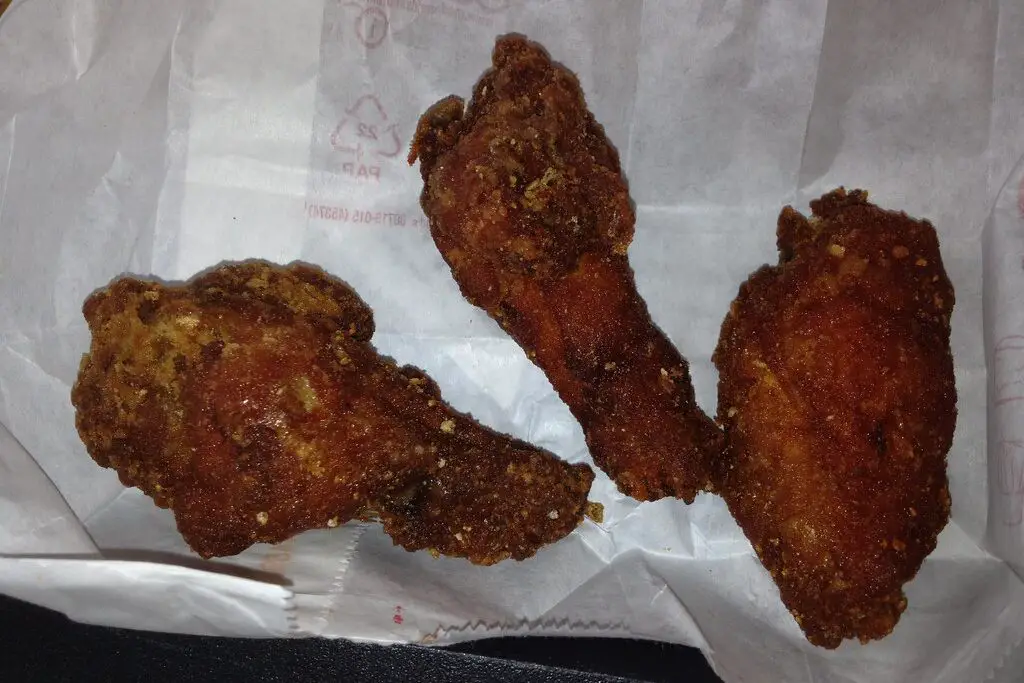
In 2013, McDonald’s introduced Mighty Wings, spicy bone-in chicken wings meant to compete with KFC and wing chains. They were crispy and flavorful, but the pricing was steep, and people weren’t ready to buy wings at McDonald’s.
Sales lagged, and franchisees complained about being stuck with freezers full of unsold wings. Within a few months, the company had to slash prices just to clear them out. The experiment was short-lived, but it remains one of McDonald’s most memorable failures of the last decade.
7. Burger King’s Enormous Omelet Sandwich
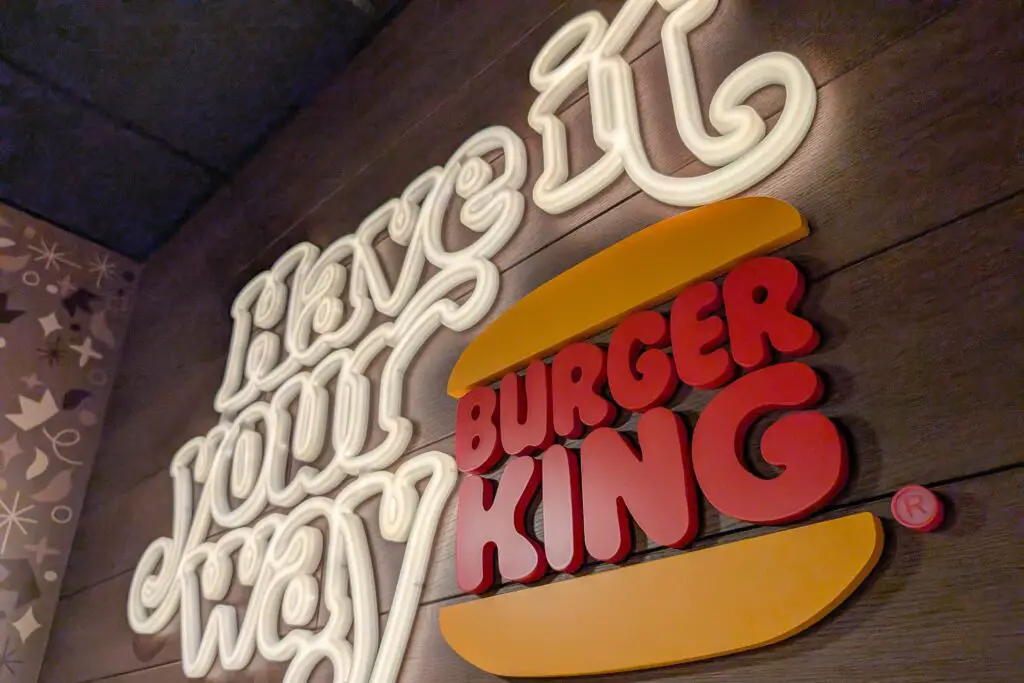
Breakfast got extreme in 2005 when Burger King unveiled the Enormous Omelet Sandwich. This monster meal was packed with eggs, cheese, sausage, and bacon, all on a bun. It delivered nearly 730 calories in one go.
Some customers loved the over-the-top nature of it, but many others were turned off by the size and calorie count. Health advocates slammed it as one of the least responsible fast food items of its time. It disappeared in under a year, remembered as a curiosity more than a breakfast staple.
8. Taco Bell’s Bell Beefer
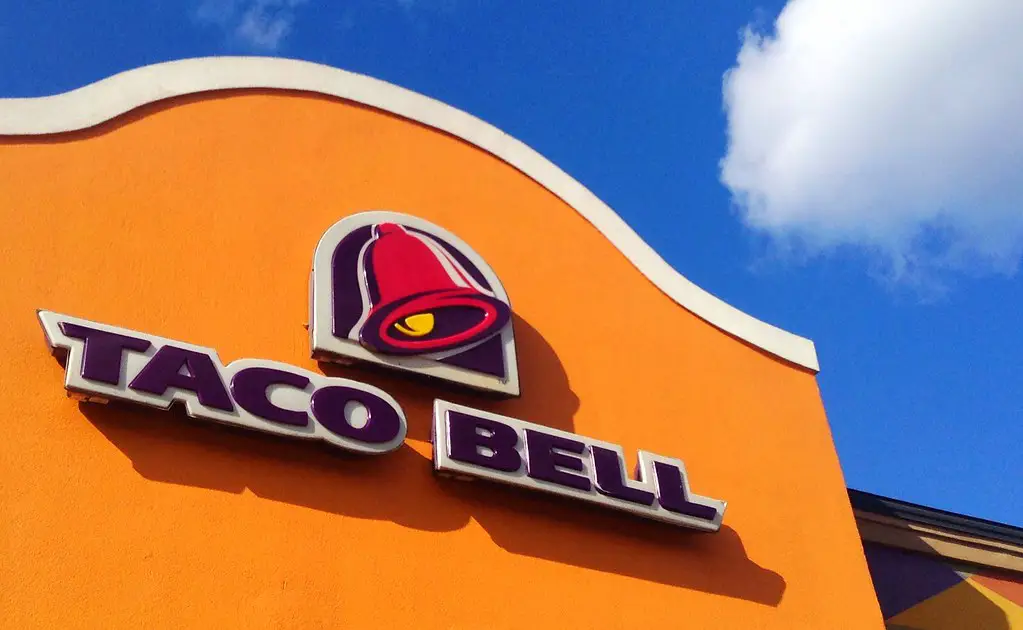
Before Taco Bell leaned fully into tacos, they experimented with a burger-like sandwich called the Bell Beefer. It featured taco-seasoned beef on a hamburger bun with lettuce, onion, and sauce. It was meant to give burger fans a familiar way into Taco Bell’s menu.
For a while in the ’70s, it had a loyal following, but it was gone from most menus within a few years. Some locations carried it a bit longer, but eventually, it was completely phased out. Fans still bring it up as one of those “so bad it was good” items.
9. McDonald’s Hula Burger
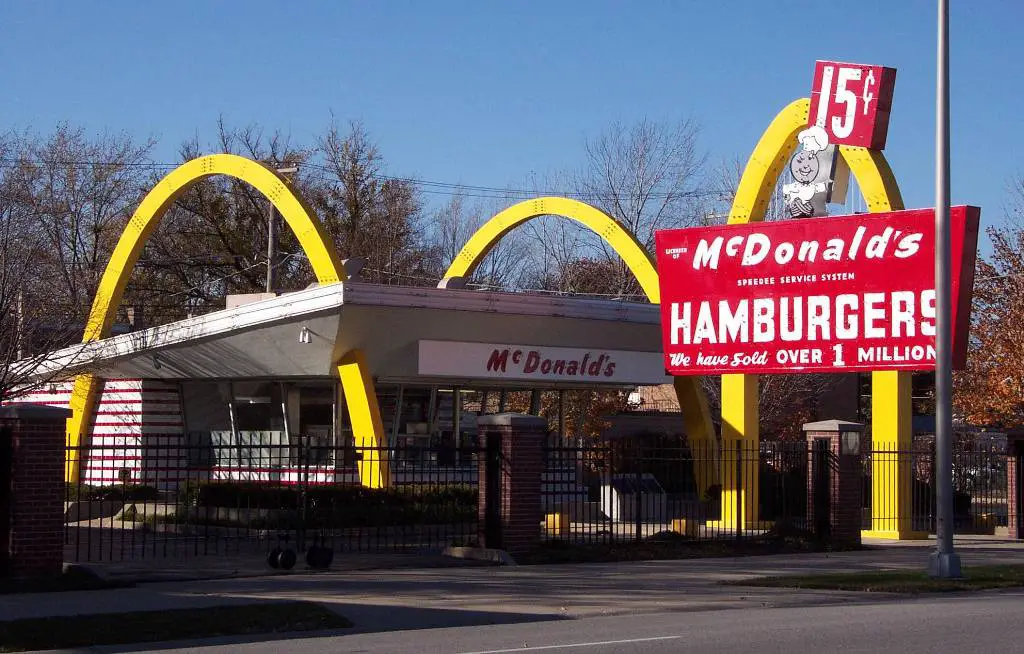
Back in the ’60s, McDonald’s faced a dilemma: how to appeal to Catholic customers who avoided meat on Fridays. The solution was the Hula Burger, a grilled pineapple slice topped with cheese on a bun. It was the brainchild of Ray Kroc himself.
But when test markets pitted it against the Filet-O-Fish, the pineapple burger lost badly. Customers overwhelmingly chose fish over fruit. The Hula Burger was yanked quickly, and the Filet-O-Fish became the enduring classic.
10. Wendy’s Frescata Sandwiches
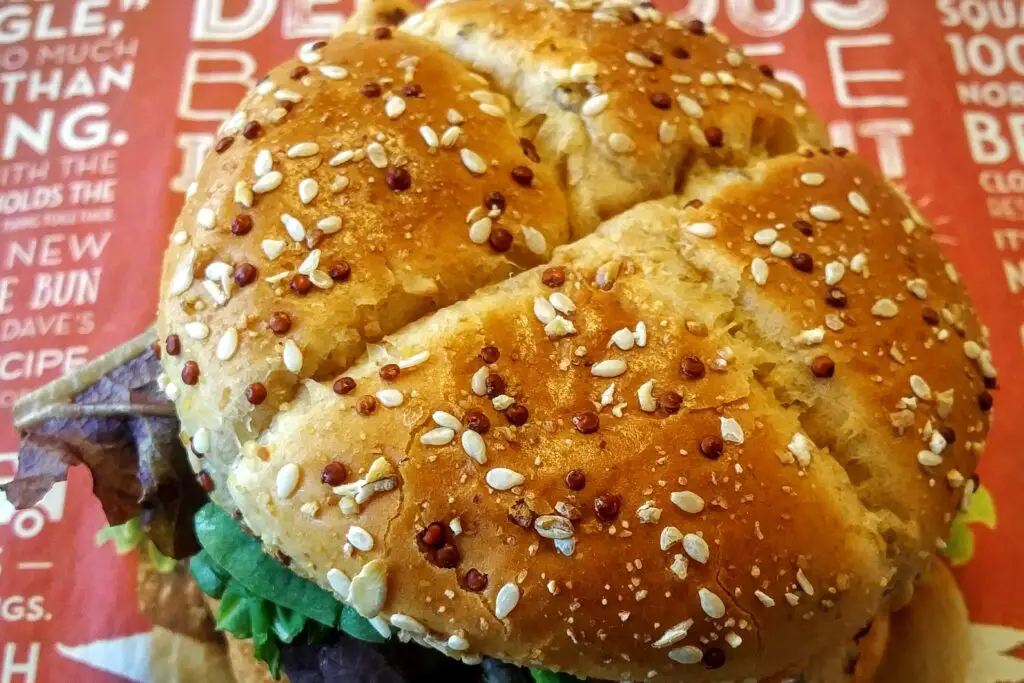
In 2006, Wendy’s tried to take on fast-casual restaurants like Panera with its Frescata sandwiches. These deli-style creations came on ciabatta bread with meats and veggies that felt more café than drive-thru. They were tasty and actually well-reviewed.
But they took longer to prepare than typical fast food sandwiches, and customers weren’t willing to wait. Within a year, the Frescata line was gone. It’s a reminder that even a good idea can fizzle out if it doesn’t fit the pace of fast food.
11. McDonald’s McLean Deluxe
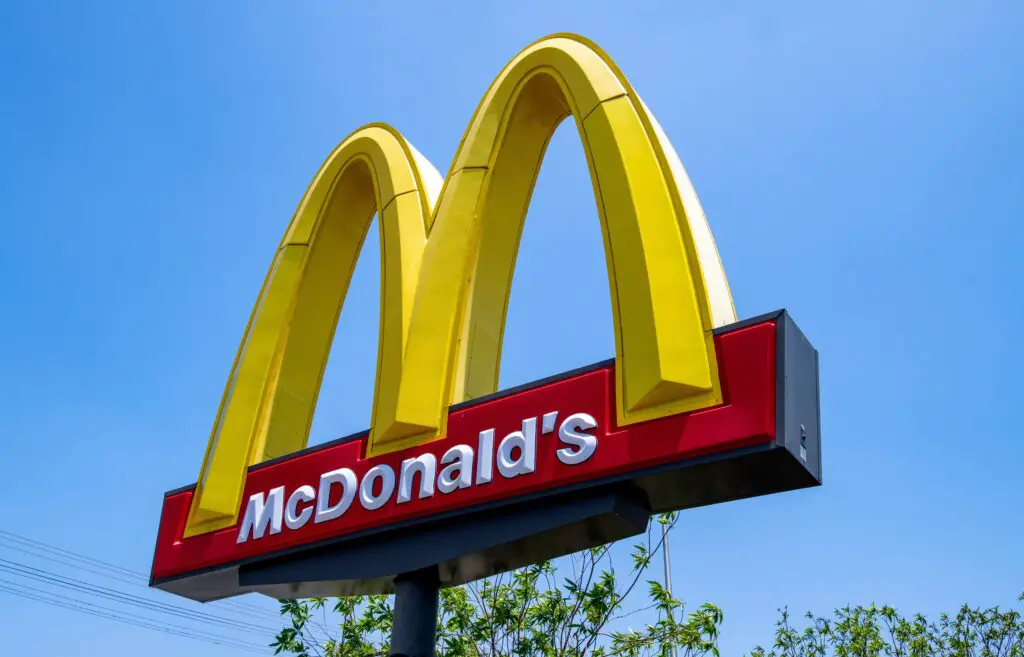
In 1991, McDonald’s jumped on the low-fat craze with the McLean Deluxe, a burger made with 91% beef and 9% seaweed extract. The ad campaign promised all the flavor of a regular burger but with less fat. It was targeted at health-conscious customers of the early ’90s.
Unfortunately, the taste didn’t live up to the hype. Many people found it bland, and the odd ingredient list didn’t help. Within a year, it was off the menu, leaving behind a reputation as one of McDonald’s strangest attempts at health food.
12. Burger King’s Whopperito
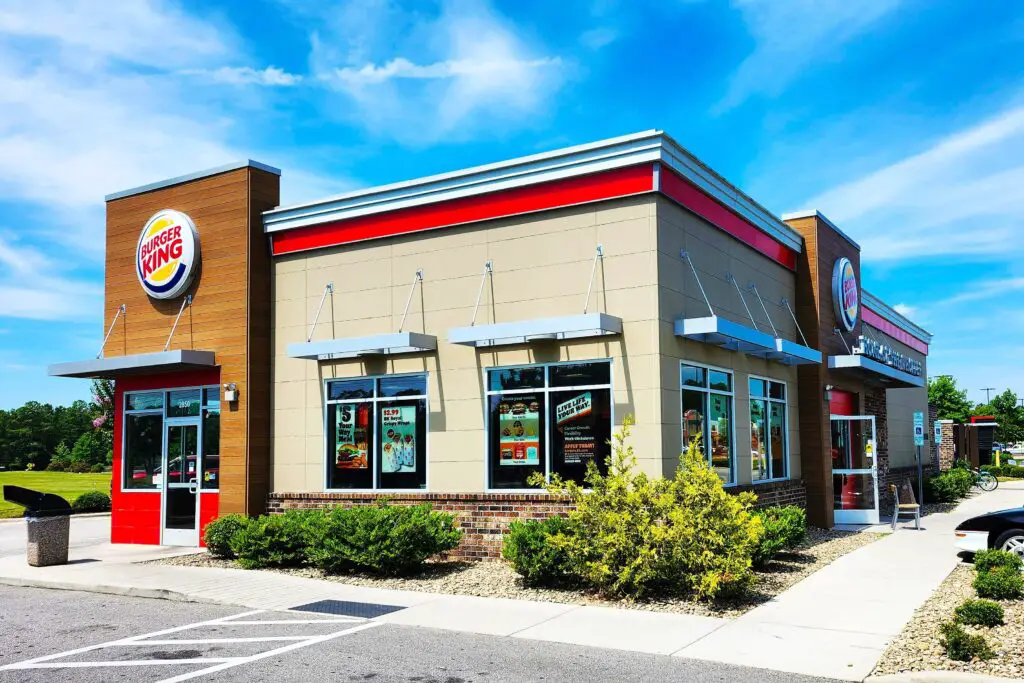
In 2016, Burger King briefly offered the Whopperito, a burrito stuffed with all the ingredients of a Whopper. It had beef, cheese, lettuce, tomato, pickles, onions, and a special sauce, all wrapped in a tortilla. It was part of a push to experiment with new formats for familiar favorites.
The novelty wore off fast, and many people weren’t sure if they wanted their Whopper in burrito form. Sales didn’t justify keeping it around, and within a few months, it vanished. It’s still remembered as one of Burger King’s more playful but short-lived menu experiments.
